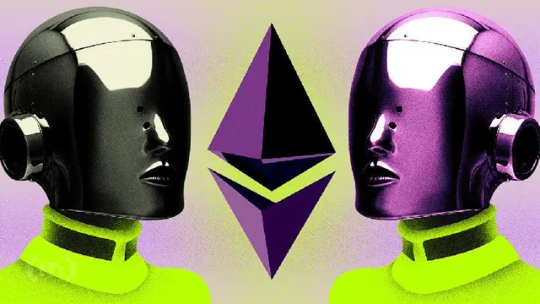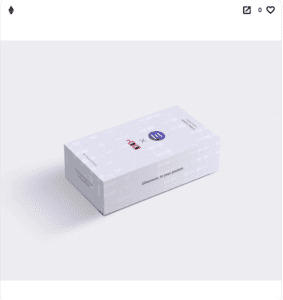#Ethereumintegration
Explore tagged Tumblr posts
Text
Ethereum Smartphone: A Game-Changer in the Web3 World

In the fast-evolving realm of Web3 technology, the Ethereum smartphone has emerged as a true game-changer. Within a mere 24 hours, this innovative device, based on the Google Pixel 7a and fueled by the unique open-source operating system known as ethOS, managed to completely sell out its initial 50 units. Let's delve deeper into what makes this Ethereum smartphone a standout in the ever-competitive market.
The EthOS Operating System: Redefining Mobile Experiences
The "Ethereum Phone" derives its name from the Ethereum operating system, which goes by the abbreviation ethOS. Interestingly, 'ethOS' not only represents Ethereum but also carries the Greek connotation of 'character.' This double meaning encapsulates the uniqueness of this device, boasting an ethOS operating system designed to redefine mobile experiences. One of the standout features of this smartphone is its built-in Ethereum light client. This specialized functionality transforms the device into a "light node" on the Ethereum network, enabling independent block validation. This unique capability sets it apart from other Web3 smartphones and enhances its performance in handling Ethereum-based transactions and smart contracts.
Seamless Integration: Payments, Messaging, and Ethereum Name Services
The Ethereum smartphone doesn't stop at Ethereum integration; it goes a step further by providing an array of built-in tools for effortless payment processing and seamless messaging. What sets it apart is its native integration with Ethereum Name Services (ENS), simplifying payment procedures for users. Additionally, it offers support for Ethereum Virtual Machines (EVM) and Layer 2 scaling networks, ensuring compatibility with a wide range of decentralized applications (DApps).
Exclusive Access Through NFTs

ethOS NFT. Source: OpenSea Securing one of these coveted Ethereum smartphones required prospective buyers to obtain an ethOS non-fungible token (NFT) during the pre-sale period. Owning this NFT acted as a ticket to reserve their Ethereum smartphone. However, the process was not without its challenges, as fake NFTs flooded the market on OpenSea, the largest NFT trading platform. For some enthusiasts, the cost of entry was steep, with ethOS NFTs commanding prices of up to three Ethereum (ETH), equating to nearly $5,000. This stands in stark contrast to the standard Google Pixel 7a, priced at a modest $499 in the US. The exclusivity and blockchain integration of these smartphones have driven their value skyward, with the price differential being a notable 10x.
Competition Heats Up in the Web3 Space
While the Ethereum smartphone made waves with its successful pre-sale, the Solana (SOL) smartphone faced a more challenging market entry. Records show that just over 2,000 units were sold since its release, according to Flipside records. To combat this, Solana Labs took drastic measures, reducing the price from $1,000 to $599, aiming to boost the appeal of their user-friendly crypto phone. This price adjustment came in response to the impending launch of the Ethereum smartphone, scheduled for the fall of 2023.
Conclusion
In conclusion, the Ethereum smartphone, powered by ethOS, is undeniably a trailblazer in the Web3 arena. Its innovative features, seamless integration with Ethereum's ecosystem, and exclusivity via NFTs have positioned it as a frontrunner in the competitive market. As the Web3 landscape continues to evolve, it will be fascinating to witness how this groundbreaking device shapes the future of mobile blockchain technology. For more articles visit: Cryptotechnews24 Source: beincrypto.com
Related Posts
Read the full article
#blockchainintegration#CryptoNews#Ethereum#Ethereumintegration#EthereumNameServices#Ethereumsmartphone#EthereumVirtualMachines#ethOSoperatingsystem#NFTs#non-fungibletoken#OpenSea#Web3technology
0 notes